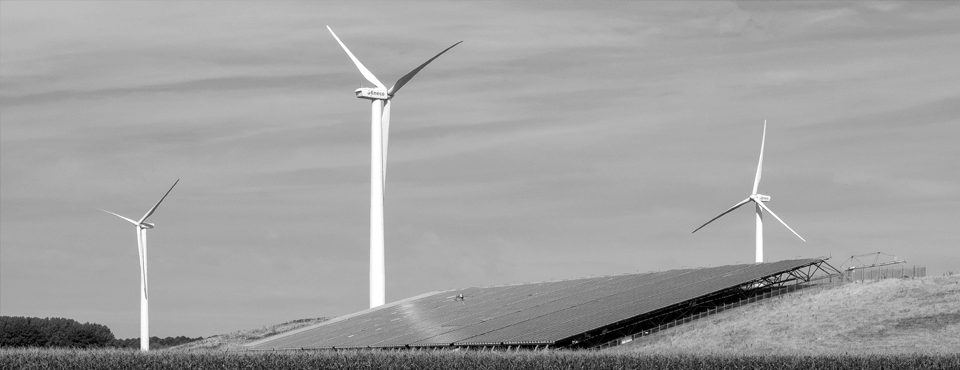
Tall(er) wind turbines lead to lower residential property values
Repost from spatialeconomics.nl
Residential property values are negatively impacted when properties are in close proximity of a wind turbine. Compared to houses further away from wind turbines, house prices of properties within a 2 km radius from wind turbines decrease by on average 3.9 percent. These are the findings of a research carried out by Spatial Economics’ associate professor Hans Koster, together with Martijn Dröes (University of Amsterdam). Koster: “We observe that the effects are somewhat stronger as compared to a study carried out a few years ago. We do not see any major changes in the perception of wind turbines – but wind turbines have become substantially taller in the last years. This explains why the effect is now stronger.”
The research was commissioned by the Ministry of Economic Affairs and Climate in response to questions from various political parties about the decline in residential property in the proximity of wind turbines. Koster: “We undertook a study on this matter some years ago, but then had access only to data up to and including 2011. We were asked by the Minister to broaden the question, and to explicitly look at taller wind turbines that have been built in the last years. In addition to wind turbines, we also looked at the effect of recently built solar farms on property values.” The results suggest that prices decrease by 3 percent within a one kilometer radius of a solar farm. “That’s an interesting result, but there aren’t many solar farms yet and the number of transactions in the area is very limited, so the effects aren’t that accurate. So we need to be cautious about this conclusion,”, says Koster.
Impact of energy transition on society
The researchers used large house price data sets (from the Dutch Association of Real Estate Agents and from Brainbay), containing thousands of transactions between 1985 and June 2019. They compared residential property values on locations with wind turbines with property values on locations where wind turbines have not yet been built, but with comparable spatial conditions. According to Koster, the topic is highly relevant, because of the impact of the energy transition on society. “In order to comply with the Climate Agreement, a lot of onshore wind and solar energy must be generated. Wind turbines and solar farms do have an effect on the living environment. This is also apparent from protests of local residents in the Dutch provinces of Drenthe and Groningen, where wind turbines are planned. This suggests that people are concerned, and that they prefer not to have wind turbines in their backyards. Negative effects of spatial planning do not only apply to wind turbines, but also to other spatial interventions, such as the construction of highways or urban renewal projects. ”
Source: Martijn I. Dröes & Hans R.A. Koster (2019). Windturbines, zonneparken en woningprijzen, Vrije Universiteit Amsterdam
